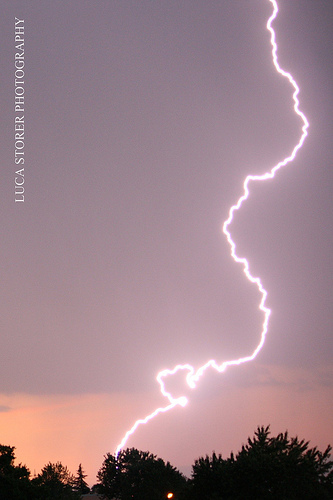FWP:
SETS == DOUBLE ACTIVATION; SYMMETRY; WORDPLAY
LIGHTNING: {10,6}
ROAD: {10,12}
SUN: {10,5}
Everybody agrees that the verse laments the shortness of life: a year is measured in relation to the (apparent) movement of the sun, but a lifetime is measured by a lightning-flash. (Compare the even greater complexity of the lightning-flash in {81,1}.) This is the reading that makes use of (2a).
But the Urdu grammatical fact that I call 'symmetry' means that if A is B, then by the same token B is A: if lightning is the sun, then equally the sun is lightning. When one is restless or anxious, time seems to pass with infuriating slowness; this is all the more true if one is feeling the (literal) 'prick of a thorn', pain or affliction (see the second definition of sāl above). So in the extremity of such a mood, a single lightning-flash might seem to last as long as the sun; it might seem that the intolerable agitation and anxiety of life is destined to go on forever (as in 2b). Thus the verse is framed to invoke both senses of sāl , and to render us unable to choose between them.
This punchy and effective verse also seems to have more flowingness than many. Perhaps it's the ā sounds that it contains, and its fine rhythm.
Compare {311x,6}, which also plays with the length of a 'year'.
Compare Mir's treatment of the same classic theme: M{760,9}.

Nazm:
That is, the way they measure a year through the movement of the sun, they ought to measure the passage of a lifetime through lightning instead of the sun; and the meaning of sāl is also 'lifetime' [ʿumr]. The meaning of 'road of restlessness' is the road that would be traversed in a state of restlessness. (163)
== Nazm page 163